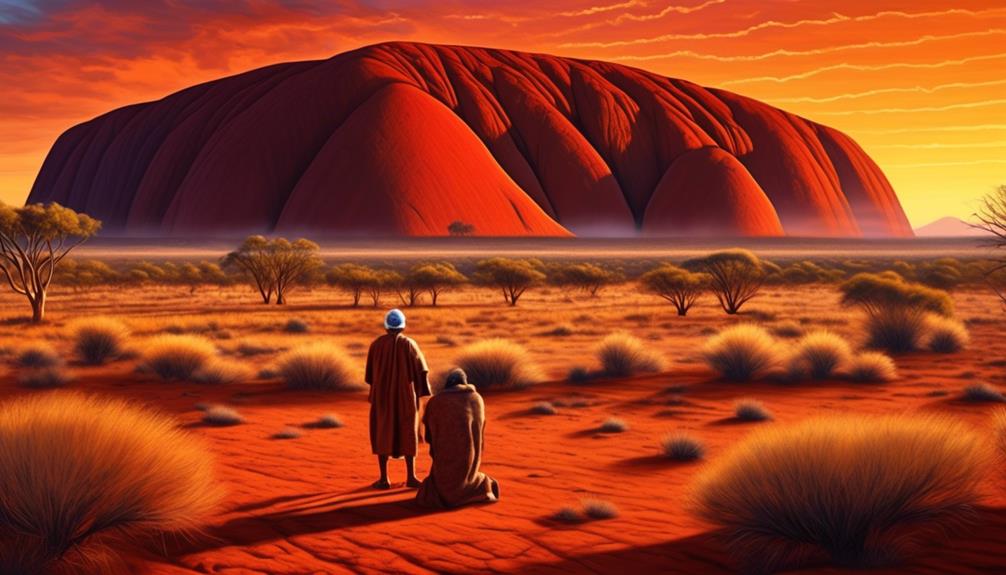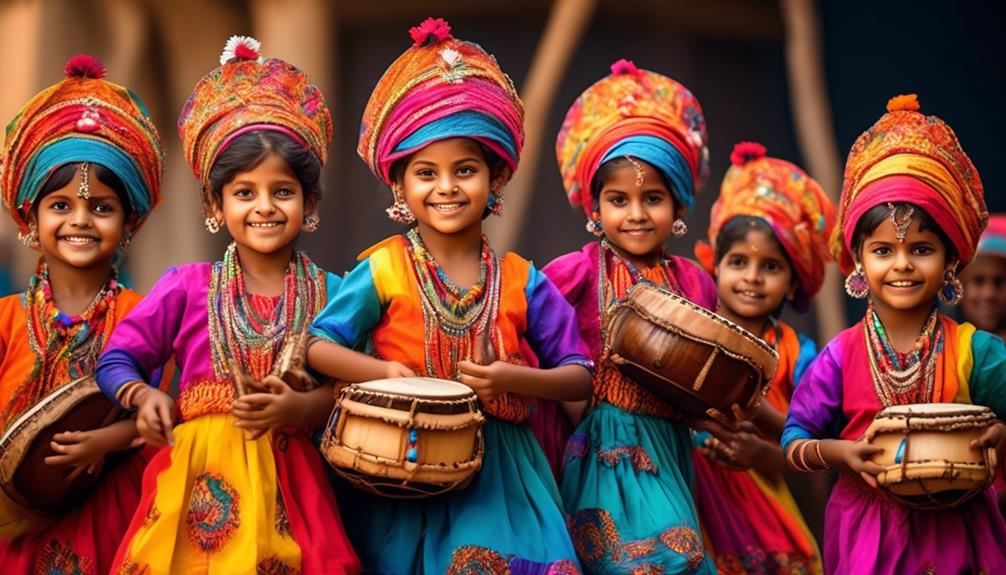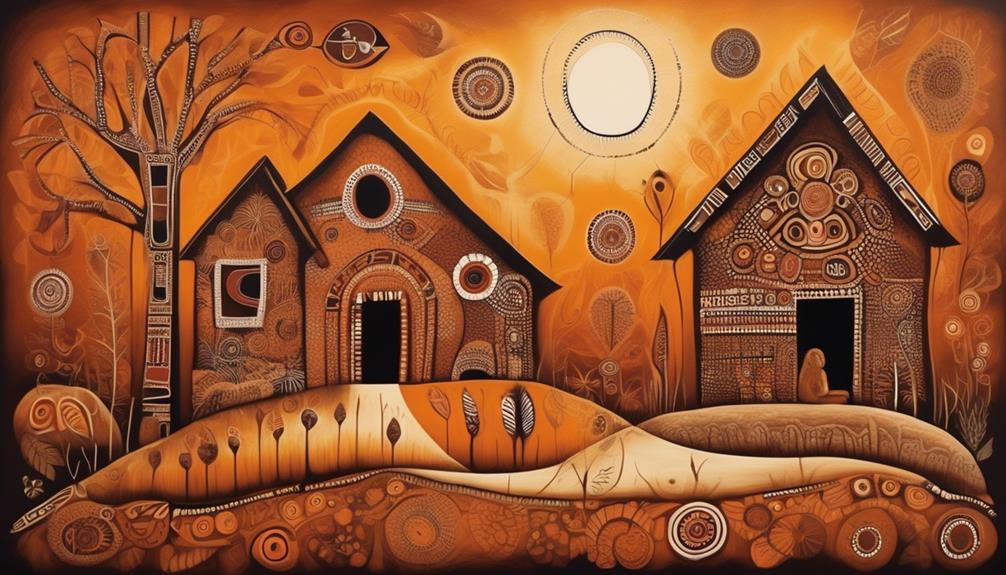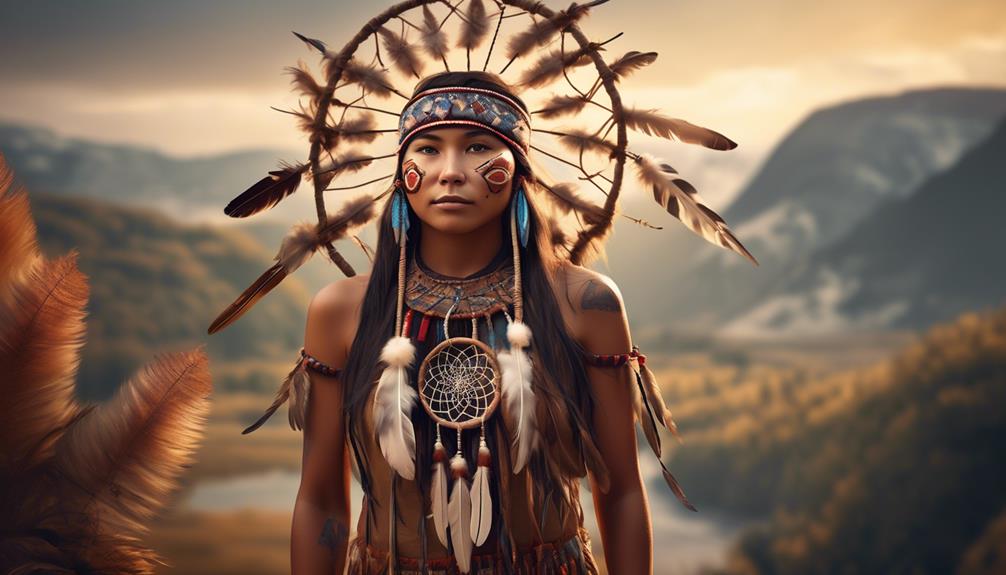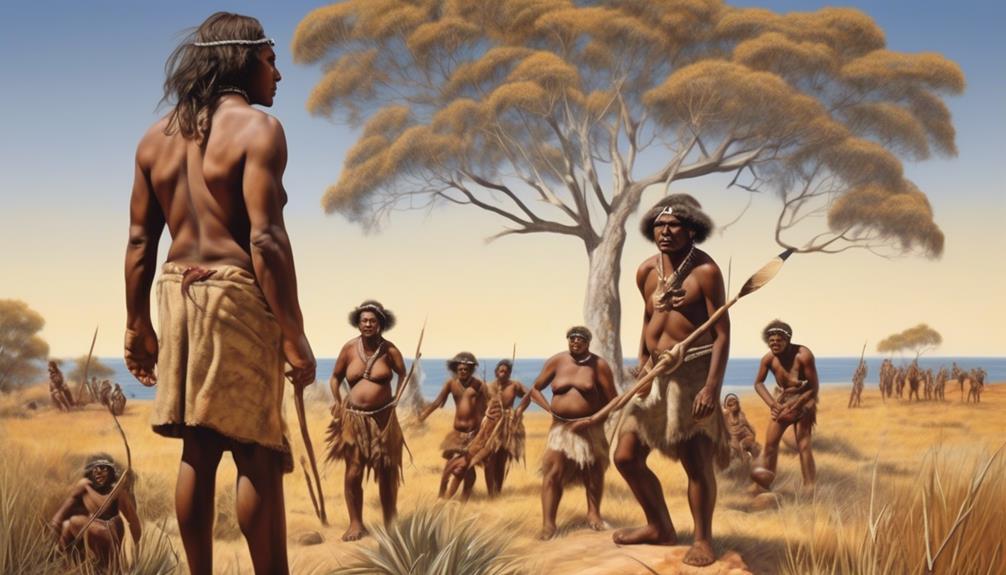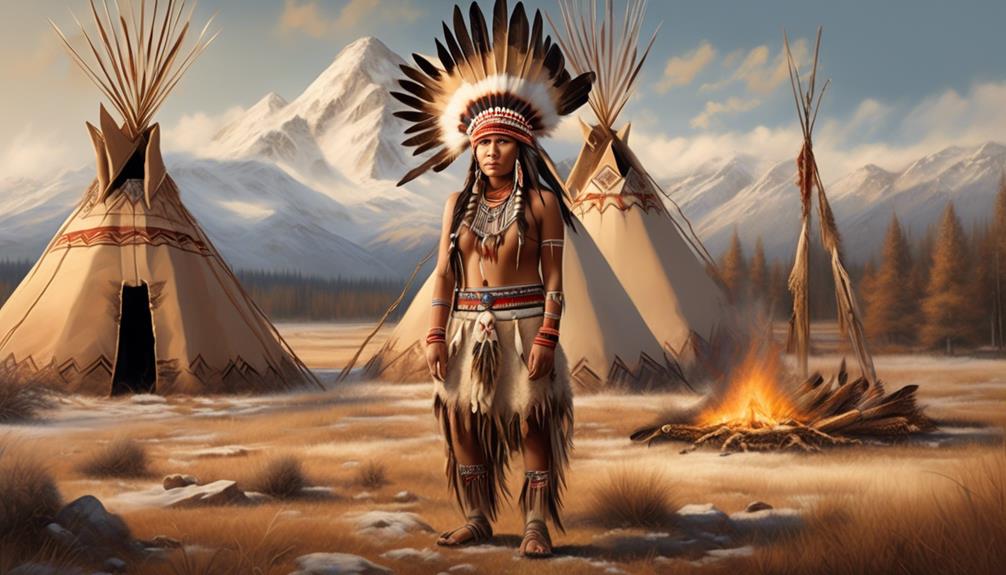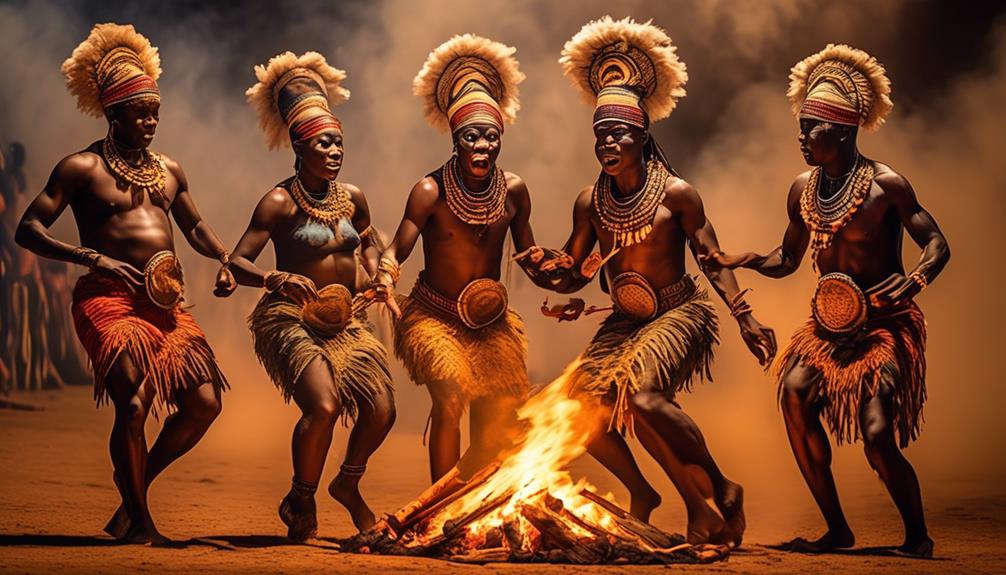As visitors, we often marvel at the breathtaking beauty of Uluru, captivated by its immense size and impressive presence.
However, there is a deeper, more profound connection to this iconic monolith that transcends its physical grandeur.
The Aboriginal people, particularly the Anangu, have maintained an enduring and spiritual relationship with Uluru for millennia, rooted in rich cultural traditions and profound reverence for the land.
This connection is not simply a matter of history; it is a living, breathing testament to the resilience of indigenous heritage and the ongoing significance of Uluru in shaping the identity and spirituality of the Aboriginal community.
Key Takeaways
- The Anangu People are the traditional owners of Uluru, with a deep and enduring connection to the land.
- Uluru is seen as the living embodiment of Anangu culture, spirituality, and identity, with a complex tapestry of stories, ceremonies, and laws associated with it.
- Cultural practices and ceremonies at Uluru play a vital role in maintaining the connection with the land, passing down Tjukurpa (cultural heritage), and reinforcing social structures.
- Preservation efforts and respect for the land are important, with the Anangu people committed to preserving their ancestral lands, managing tourism activities, and advocating for recognition of their rights as traditional landowners.
The Anangu People: Traditional Owners of Uluru
The Anangu people, as the traditional owners of Uluru, hold a deep and enduring connection to this sacred site, rooted in their cultural and spiritual heritage. Their traditional ownership isn't just a legal or historical claim, but a profound responsibility passed down through generations. Uluru isn't merely a physical landmark; it's the living embodiment of Anangu culture, spirituality, and identity.
The Anangu people's connection to Uluru is a complex tapestry woven from stories, ceremonies, and laws that define their relationship with the land. The concept of traditional ownership extends beyond Western ideas of property rights. For the Anangu, it encompasses custodianship, spiritual guardianship, and a deep sense of belonging.
This sacred site is the repository of their ancestral knowledge, serving as a living library of wisdom, traditions, and customs. The Anangu people's custodianship of Uluru is a testament to their enduring cultural resilience and their commitment to preserving the sacred essence of this land for future generations. Their profound connection to Uluru transcends mere ownership; it's a sacred duty, a spiritual bond, and a timeless legacy.
Spiritual Significance and Dreaming Stories

Deeply embedded within the cultural fabric of the Anangu people, Uluru holds profound spiritual significance and is intricately woven into the Dreaming stories of their ancestral heritage.
The spiritual significance of Uluru is multifaceted, encompassing both the tangible and intangible elements of Anangu cultural beliefs. It's considered to be a living spiritual being, embodying the essence of Tjukurpa, the foundation of Anangu cultural heritage.
The Dreaming stories, passed down through generations, narrate the creation of the land and its features by ancestral beings. These stories not only explain the physical landscape but also serve as a moral and ethical guide, shaping Anangu law and societal structure.
Uluru is a physical manifestation of these Dreaming stories, and its formations and features are believed to be the very embodiment of ancestral spirits.
The spiritual significance of Uluru is deeply intertwined with the cultural identity and worldview of the Anangu people, representing a profound connection to their land, their ancestors, and the ongoing vitality of their cultural heritage.
Cultural Practices and Ceremonies at Uluru
Incorporating age-old traditions and customs, Aboriginal cultural practices and ceremonies at Uluru are deeply rooted in the spiritual and social fabric of the Anangu people.
Traditional rituals play a vital role in maintaining the connection between the Anangu and their land, ensuring the continuation of their cultural heritage. These ceremonies are conducted at specific sacred sites around Uluru, each holding profound spiritual significance and often requiring strict adherence to customary protocols.
One such example is the Tjukurpa, which encompasses the ancestral stories, laws, and spiritual beliefs of the Anangu people. Through ceremonial performances and rituals, the Tjukurpa is passed down from one generation to the next, preserving the rich cultural tapestry of the Anangu.
These ceremonies not only serve as a means of connecting with the land but also as a way of reinforcing social structures and maintaining the balance between the physical and spiritual realms. The sacred sites at Uluru aren't merely geographical landmarks; they form the very essence of the Anangu's cultural identity, serving as the backdrop for their traditional rituals and ceremonies.
Preservation Efforts and Respect for the Land

With a deep commitment to preserving our ancestral lands, the Anangu people actively engage in ongoing efforts to protect and honor the cultural and spiritual significance of Uluru. Through land stewardship, the Anangu community implements various preservation efforts that reflect their deep connection to the land.
This includes the management of tourism activities around Uluru, ensuring that visitors respect the sacredness of the site and adhere to specific guidelines aimed at preserving its cultural integrity. Additionally, the Anangu people work closely with conservation organizations and government agencies to monitor and manage the environmental impact on the land surrounding Uluru, implementing sustainable practices to safeguard the natural ecosystem.
Furthermore, the Anangu community has been instrumental in advocating for the recognition of their rights as traditional landowners, leading to legislative changes that empower indigenous groups to have a greater say in the management of their ancestral lands. This has allowed the Anangu people to assert their authority in decision-making processes concerning the preservation and protection of Uluru, ensuring that their cultural heritage remains respected and safeguarded for future generations.
In essence, the Anangu's preservation efforts and land stewardship reflect a profound commitment to maintaining the spiritual and cultural significance of Uluru, serving as a testament to their enduring connection to the land.
Contemporary Relevance and Tourism Impact
The ongoing efforts of the Anangu people to protect and honor the cultural and spiritual significance of Uluru directly intersect with the contemporary relevance and impact of tourism on this sacred site.
As Uluru continues to attract a large number of visitors, the tourism impact on the site is a topic of concern. The increase in tourist numbers has led to both positive and negative consequences. On one hand, it has provided economic opportunities for the Anangu people through tourism-related activities and indigenous representation in the tourism industry. On the other hand, the influx of visitors has raised issues regarding environmental conservation, cultural preservation, and the spiritual integrity of the site.
The contemporary relevance of Uluru lies in its ability to serve as a bridge between ancient indigenous traditions and modern society. It has become a symbol of reconciliation and understanding, attracting visitors from all over the world. However, the challenge lies in balancing the preservation of its cultural and spiritual significance with the demands of tourism.
Efforts to address this challenge involve implementing sustainable tourism practices, promoting respectful visitor behavior, and ensuring meaningful indigenous representation in the tourism sector. Ultimately, the goal is to allow Uluru to continue serving as a source of cultural enrichment and spiritual connection for future generations, while also supporting the livelihoods of the Anangu people.
Frequently Asked Questions
How Has the Modern World Affected the Traditional Lifestyle and Culture of the Anangu People?
The impact of globalization has drastically altered the traditional lifestyle and culture of the anangu people. Cultural preservation has become increasingly challenging as modern influences encroach upon their way of life.
The rapid integration of Western practices has led to a shift away from their longstanding traditions and customs. As a result, the anangu people are faced with the complex task of balancing their heritage with the pressures of the modern world.
What Are Some Common Misconceptions About the Spiritual Significance of Uluru?
Misunderstood significance and misguided perceptions often cloud the spiritual connection and cultural preservation of Uluru. Many falsely assume it's just a rock, neglecting its deep spiritual and cultural value. These misconceptions hinder understanding of its true significance to the Anangu people.
Our analysis reveals the need for respectful acknowledgment of indigenous perspectives and the importance of preserving traditional knowledge for future generations.
How Do the Anangu People Feel About the Increasing Tourism at Uluru?
In the Anangu perspective, the increasing tourism at Uluru has significant impacts on cultural preservation and land conservation. The delicate balance between sharing our heritage and protecting the sacredness of the land is a complex endeavor.
While we welcome visitors to experience the beauty of Uluru, it's crucial to ensure that our cultural values and traditions are respected. Finding this equilibrium is pivotal for maintaining the integrity of our ancestral connection to this sacred site.
Are There Any Specific Environmental Challenges Facing Uluru and the Surrounding Land?
We face significant environmental challenges at Uluru, including erosion, introduced species, and climate change impact.
Environmental preservation is crucial for the land's integrity and for respecting Indigenous rights.
Our analysis reveals the need for sustainable tourism management and conservation efforts.
We must prioritize the delicate balance between protecting the environment and honoring the cultural significance of the land to the Anangu people.
What Efforts Are Being Made to Ensure That the Traditional Knowledge and Practices of the Anangu People Are Passed Down to Future Generations?
Efforts to ensure the passing down of traditional knowledge and practices of the Anangu people are crucial in today's world. The impact of modernity on indigenous cultures necessitates proactive steps to preserve their heritage.
Despite potential challenges, ongoing initiatives focus on teaching younger generations about ancestral traditions. By embracing these efforts, we can ensure the continuation of the rich cultural legacy of the Anangu people for future generations.
Conclusion
In conclusion, it's clear that Uluru holds a deep spiritual significance for the Anangu people. Their cultural practices and ceremonies continue to thrive in this sacred land. Despite the impact of tourism, efforts to preserve and respect the land are ongoing.
It's fascinating to see how contemporary relevance and traditional beliefs coexist in this unique cultural landscape. So next time you visit Uluru, make sure to take a selfie with respect and appreciation for the rich Aboriginal connection.
Mary is a passionate writer who brings creativity and a fresh perspective to our team. Her words have the power to captivate and inspire, making her an essential contributor to our content. Mary’s commitment to storytelling and dedication to promoting Indigenous culture ensures that her work touches the hearts of our readers. We’re fortunate to have her as part of our team.
